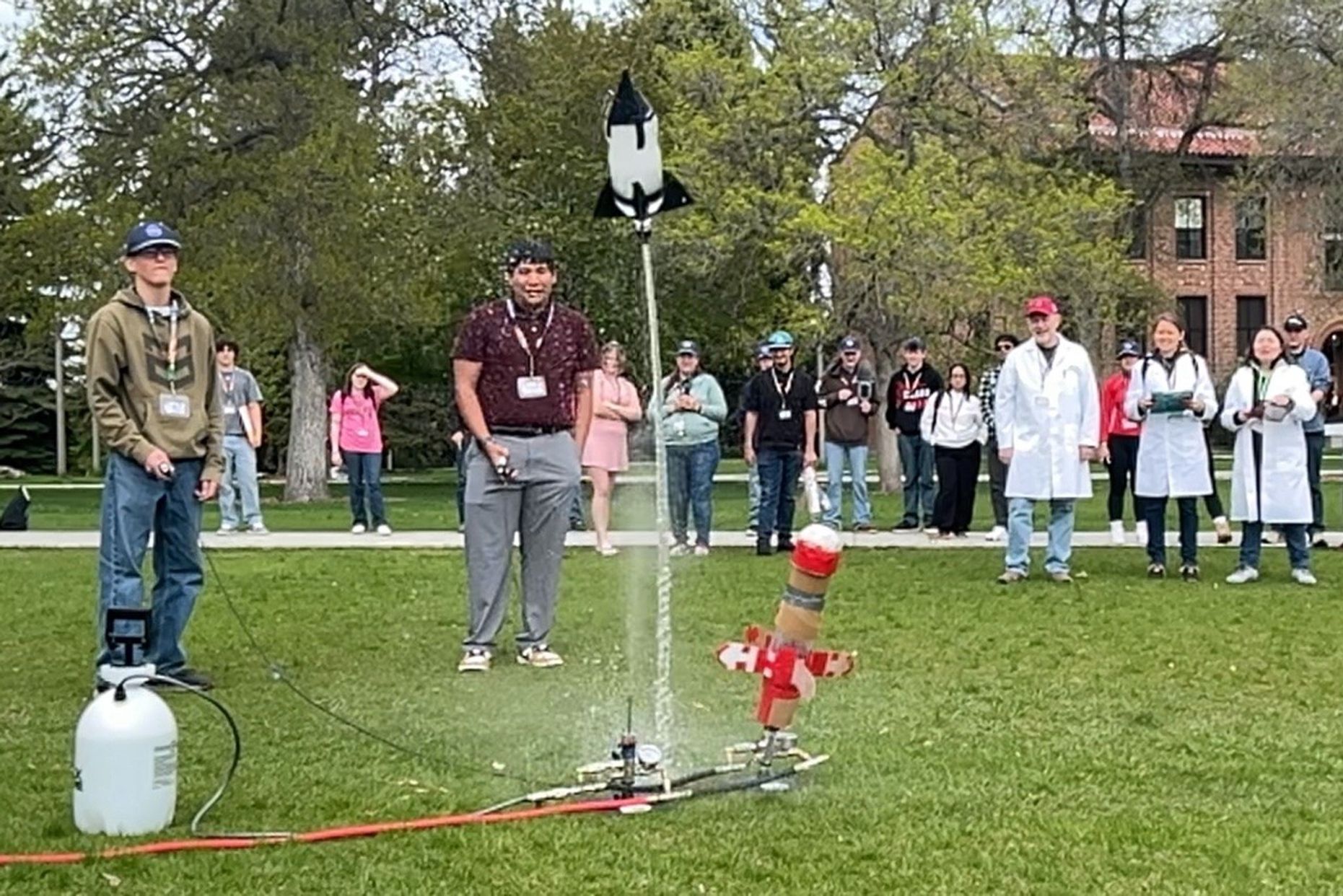May 6, 2014: The head of NASA's Meteoroid Environment Office, Dr. Bill Cooke, often lets cameras do his sky watching for him. He and his colleagues operate a nationwide network of automated fireball observatories that capture anything that burns into Earth’s atmosphere.
On the morning of May 24th, however, he plans to go out in person.
"There could be a new meteor shower, and I want to see it with my own eyes," says Cooke.
A new ScienceCast video anticipates a possible new meteor shower in May 2014.
The shower is the May Camelopardalids, caused by dust from periodic comet 209P/LINEAR. No one has ever seen it before, but this year the Camelopardalids could put on a display that rivals the well-known Perseids of August.
"Some forecasters have predicted more than 200 meteors per hour," says Cooke.
Comet 209P/LINEAR was discovered in February 2004 by the Lincoln Near-Earth Asteroid Research project, a cooperative effort of NASA, the Massachusetts Institute of Technology Lincoln Laboratory, and the US Air Force. It is a relatively dim comet that dips inside the orbit of Earth once every five years as it loops around the sun.
Two years ago, meteor experts Esko Lyytinen of Finland and Peter Jenniskens at NASA Ames Research Center announced that Earth was due for an encounter with debris from Comet 209P/LINEAR. Streams of dust ejected by the comet mainly back in the 1800s would cross Earth's orbit on May 24, 2014. The result, they said, could be a significant meteor outburst.
Other experts agreed, in part. There is a broad consensus among forecasters that Earth will indeed pass through the debris streams on May 24th. However, no one is sure how much debris is waiting. It all depends on how active the comet was more a century ago when the debris streams were laid down.
How many meteors will you see from your hometown? Check out the May Camelopardalid flux estimator.
"We have no idea what the comet was doing in the 1800s," says Cooke. As a result of the uncertainty, "there could be a great meteor shower—or a complete dud."
The best time to look is during the hours between 6:00 and 08:00 Universal Time on May 24th or between 2 and 4 o'clock in the morning Eastern Daylight Time. That's when an ensemble of forecast models say Earth is most likely to encounter the comet's debris. North Americans are favored because, for them, the peak occurs during nighttime hours while the radiant is high in the sky.
"We expect these meteors to radiate from a point in Camelopardalis, also known as 'the giraffe', a faint constellation near the North Star," he continues. "It will be up all night long for anyone who wishes to watch throughout the night."
Indeed, that might be a good idea. Because this is a new meteor shower, surprises are possible. Outbursts could occur hours before or after the forecasted peak.
In case of a dud, there is a consolation prize. On May 24th the crescent Moon and Venus are converging for a tight conjunction the next morning, May 25th. Look for them rising together just ahead of the sun in the eastern sky at dawn.
"That's a nice way to start the day," says Cooke, "meteors or not."
Credits:
Author: J. Kitchener | Credit: Science@NASA
Web Links:
NASA's All-Sky Fireball Network
-- Science@NASA
May Camelopardalid Flux Estimator
-- from the SETI Institute



































